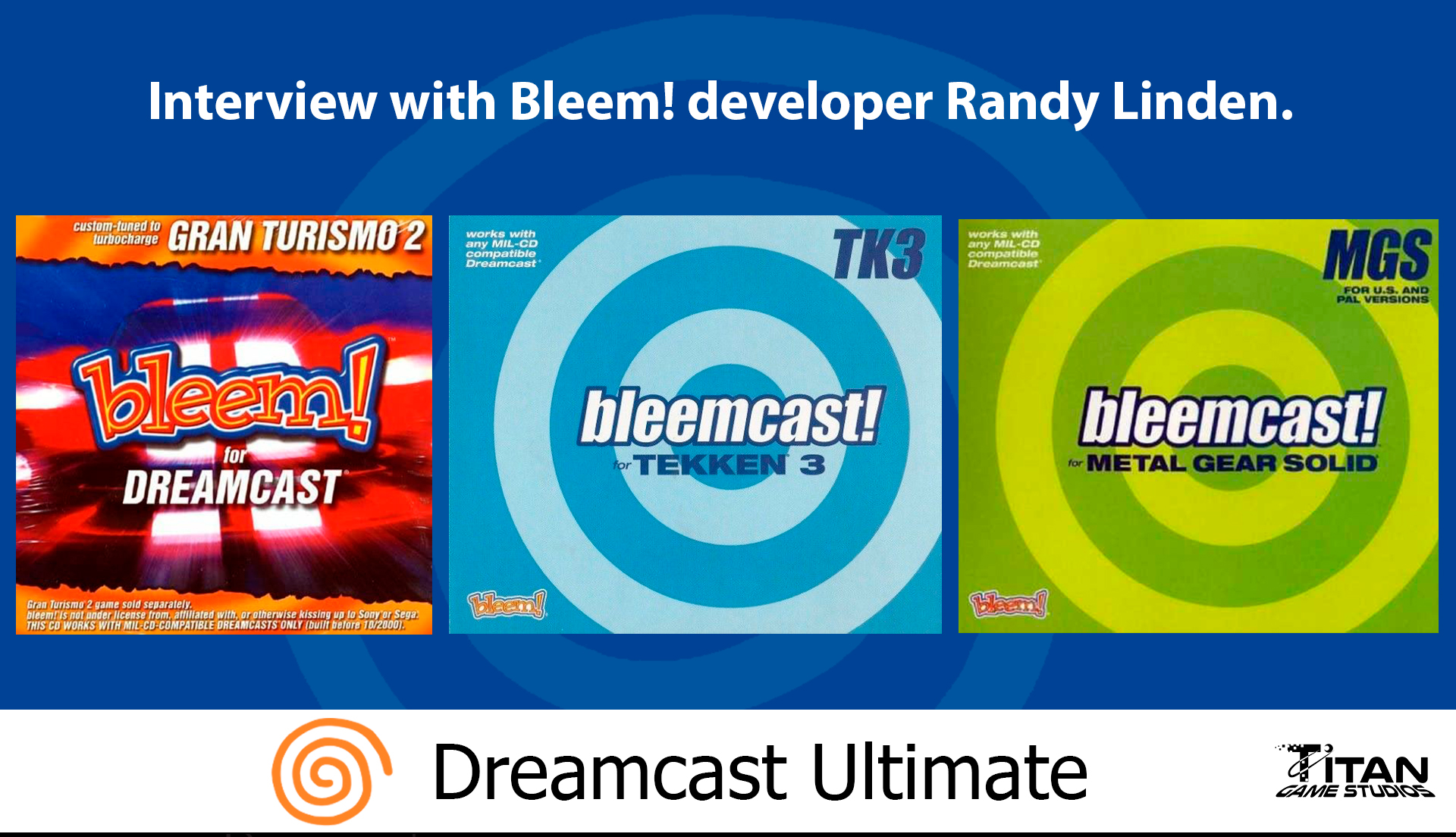To celebrate the Dreamcast 21st anniversary we decided to do a very special interview on this 09/09. We invited the Bleem!, developer Randy Linden, to talk about his career and his working time at Bleem! for the Sega Dreamcast. I’d like to thank Adam Burrell who helped me creating the questions and also the WhatsApp’ Group Retro Console Devs.
DC Ultimate: Hi Randy, first of all, thank you very much for agreeing to do this interview with us. I believe it is the first time a Brazilian website has interviewed you.
Randy: Yes, this is my first Brazilian interview!
DC Ultimate: The Dreamcast/Sega community is huge here in Brazil so this is very special for us.
Randy: It is my pleasure and I’m happy to answer your questions!
DC Ultimate: For those who are getting to know your work through this interview, could you tell us a little about yourself?
Randy: I like technical projects and programming challenges that people think are impossible to accomplish.
I have been a programmer for 37 years now and have worked on many projects on many different systems including Commodore 64, Amiga, NES, SuperNES, Dreamcast, PC, and mobile devices.
DC Ultimate: How did you start your career as a programmer and what projects did you consider the most important?
Randy: I started programming at a very young age and had my first program published professionally when I was 13 years old, so that one is important to me.
The program was a game called “Bubbles” and it was a Centipede clone for the Commodore 64.
I think Dragon’s Lair for the Amiga was important because it was the first time that full-screen video and audio was streamed from floppy disks on any computer system.
DOOM for SuperNES was a great technical achievement that everyone thought was impossible.
Of course, bleem! is important because the legal decisions about emulation are important for retro gaming and preserving game history.
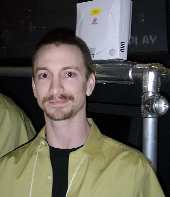
DC Ultimate: Before talking about the Dreamcast version of Bleem, how did you come up with the idea of creating a Playstation emulator for PC?
Randy: I was a big fan of the PlayStation because it had a huge library of high quality 3D games and there were very few available for PC.
I thought an emulator would allow millions of PC users to play the same games on their PCs and started work on bleem!
DC Ultimate: Do you remember how long it took to develop Bleem for PC?
Randy: It generally took about a year to develop, maybe a few months more or less.
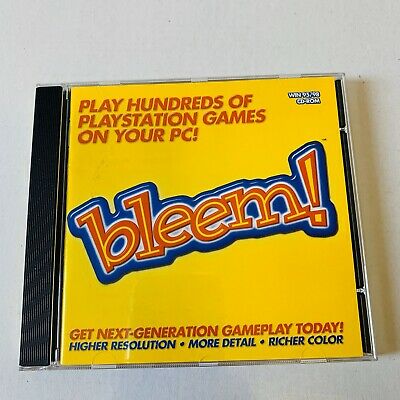
DC Ultimate: We saw in another interview that a friend of yours had the idea to create a version of Bleem for the Dreamcast. Had you had experience with the console before?
Randy: David Herpolsheimer was my bleem partner and making bleem for the Dreamcast was his idea.
Neither of us had any experience with the console before, but Sega had a reputation for very high quality so we took a chance.
DC Ultimate: What were your first impressions with the console?
Randy: The Dreamcast architecture is very well designed for high performance 3D games with full screen anti-aliasing and other features.
The entire system is somewhat complex, but each piece fits together very well.
DC Ultimate: What are your favorite games on the platform?
Randy: I like unique games, for example Shenmue and Crazy Taxi, but I also like Sega Bass Fishing because it used the fishing rod peripheral.
DC Ultimate: Do you still have a Dreamcast?
Randy: Yes, I still have a couple of the Dreamcasts used for beta testing bleemCast!
DC Ultimate: Because it was a job that involved emulation, you couldn’t count on any help from Sega, correct?
Randy: Sort of — Sega could help us but could not allow us to publish the project officially.
This meant I needed to find another way to get bleemCast! running on an official Dreamcast without using GDROM format.
DC Ultimate: How did you start developing on Dreamcast?
Randy: We received a development kit, a GDROM burner and lots of low-level technical documentation from Sega.
DC Ultimate: Did you have to do any reverse engineering on it, or did you have a Dev-Kit?
Randy: Yes, I had to reverse engineer the Dreamcast’s BIOS in order to figure out the MIL-CD format so bleemCast! could run without Sega’s permission.
I also reverse engineered some of the Dreamcast libraries so I could track down a hardware bug that only appeared in one of the bleemCast! games.
DC Ultimate: Was it possible to use code from the PC version when you wrote the emulator for the Dreamcast? or did everything have to be re-written for the Sega machine?
Randy: Everything was completely re-written for the Dreamcast. None of the PC code could be reused.
DC Ultimate: Bleem’s performance is impressive, so much so that it manages to improve the games graphically. Did you write everything in assembly?
Randy: Yes, bleemCast! is 100% SH4 Assembly Language so it runs very fast.
DC Ultimate: How long did it take to create Bleem from the very beginning until it’s first release on the Dreamcast?
Randy: I would estimate it took about a year to write the Dreamcast version.
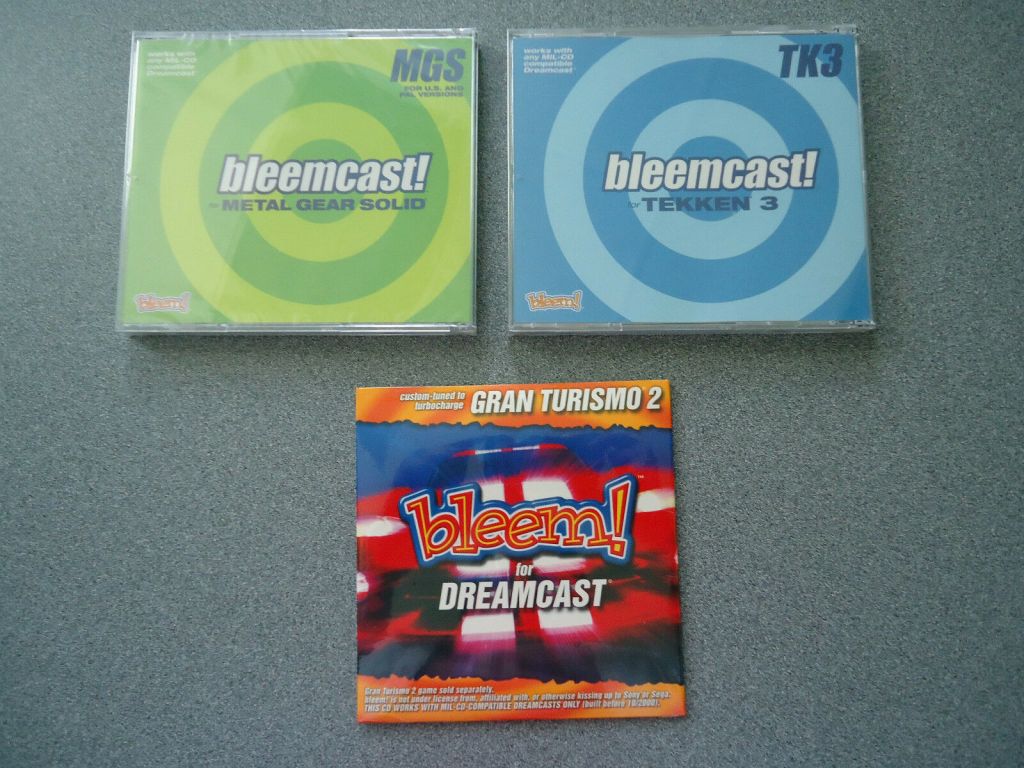
DC Ultimate: Do you know how Sega reacted when they saw bleem running on Dreamcast?
Randy: Sega was very surprised and pleased to see bleem running on Dreamcast at E3 and mentioned us during their keynote speech.
When Sega spoke about bleem, everyone clapped and cheered because it was the first time emulation was so advanced on a competing console.
DC Ultimate: Did they offer any kind of support?
Randy: We received development hardware and documentation from Sega but we could not use any of their libraries or code.
DC Ultimate: I remember reading in magazines when Bleem was very successful at E3, how did it feel to participate in an event like this?
Randy: E3 was a very exciting time for us because it was the first time the public was able to see the hard work in bleemCast!
DC Ultimate: Was the audience amazed to see games from the Sony console running on a Sega console?
Randy: Yes, everyone was very surprised and amazed to see Gran Turismo 2 running on the Dreamcast in high resolution with antialiasing and smoothing.
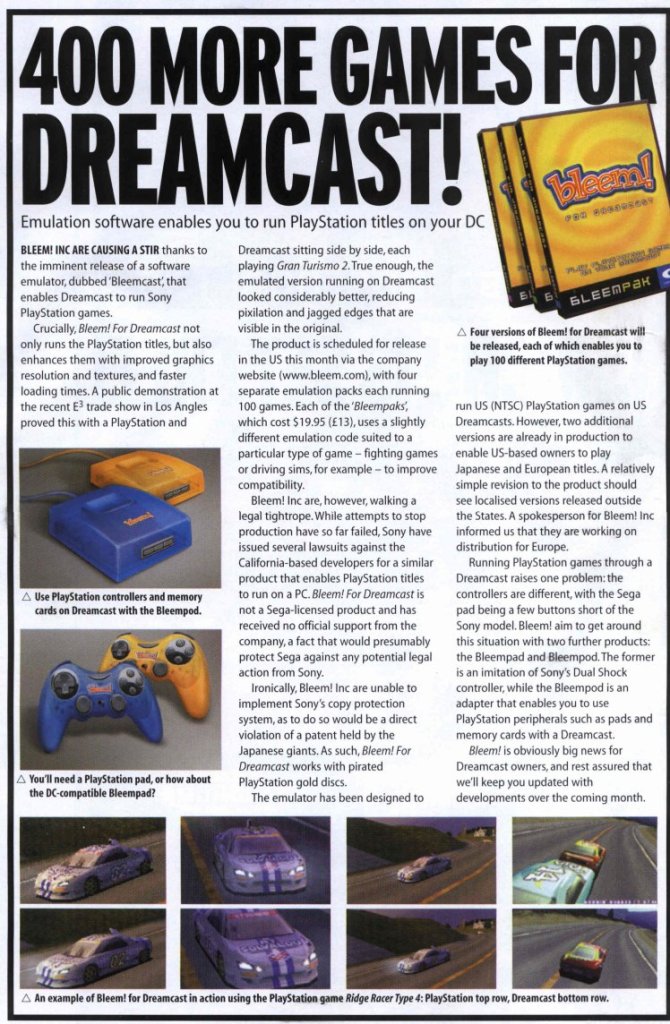
DC Ultimate: A question I always had, the Dreamcast controller had only one analog, you managed to map the second Playstation analog on the Dreamcast controller very well.
Randy: A lot of work went into making the Dreamcast experience similar to the PlayStation, but better. For example, it was important to have Save Game support, so extra time was spent making sure that Sega VMUs worked properly with bleemCast!
DC Ultimate: With the bleemPads and bleemPods accessories that you were making, would Dreamcast accept the second analog inputs normally?
Randy: Yes, but these were two different accessories.
The bleemPads were game controllers that had all of the same buttons and inputs as a regular PlayStation game controller.
The bleemPods were interface boxes that let you use PlayStation game controllers with the DreamCast.

DC Ultimate: After the last Bleem released (Metal Gear Solid), did you have an idea of what the next emulated game would be?
Randy: The next few games were series that included Final Fantasy, Spyro the Dragon and Crash Bandicoot, all of my favourites.
DC Ultimate: How was your career after Bleem?
Randy: I worked on a number of projects for Microsoft, including the XBox 360, Kinect and the Microsoft Band. After almost ten years at Microsoft, I left to start a new company called “R and R Digital, LLC.“
DC Ultimate: Do you still work in the games industry?
Randy: Yes, I’ve written a mobile game called “Cyboid” for Amazon Fire TV, Amazon Fire Tablets and Android devices. Cyboid is similar to Quake 2 and features a bunch of levels, monsters, weapons and items.
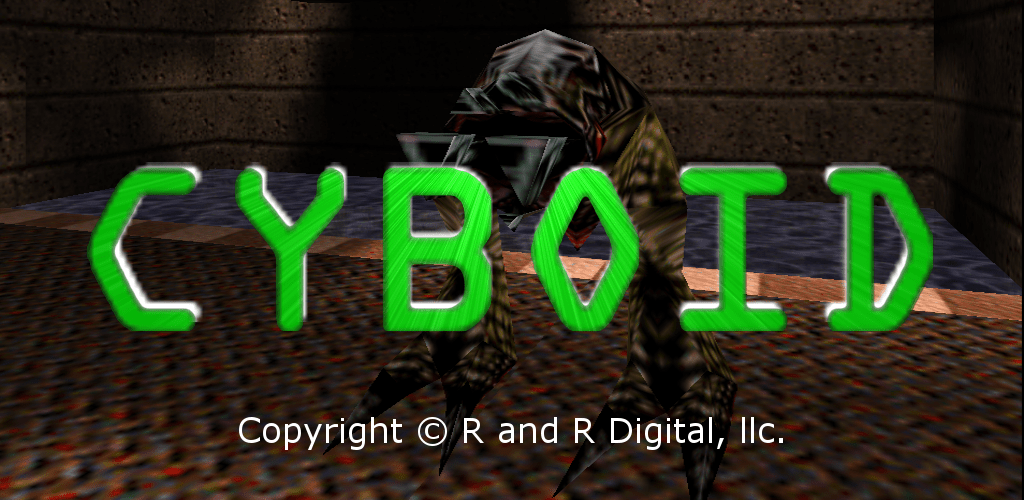
DC Ultimate: I find it fascinating that the Dreamcast community has used Bleem to emulate many PSX on the Dreamcast. Have you heard of homebrew projects using Bleem like BleemShell?
Randy: Yes, I’ve heard of multiple PSX games running with the emulator.
DC Ultimate: What do you think of them?
Randy: I think it’s a nice tribute to the hard work that we put into the project and it shows that many games run well with bleemCast!
DC Ultimate: Just like you did with the Doom engine for Snes, do you think that one day it will be possible to make the Bleem source code available on your github?
Randy: Unfortunately, the source code for bleem! and bleemCast! are currently owned by Sony and I don’t think they will be releasing it in the future.
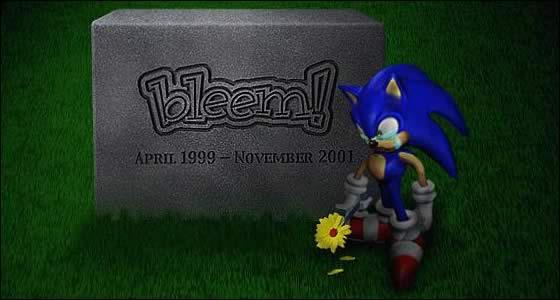
DC Ultimate: Randy, you as a programmer who has participated in legendary projects like Doom for Snes and Bleem, do you have any message or advice for anyone who is just starting out now as a programmer?
Randy: Study hard, especially mathematics. I wish I had paid more attention during math classes because programming these days involves a lot of math!
DC Ultimate: Thanks a lot!
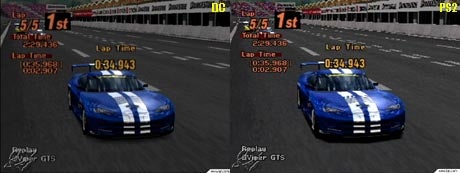
Edit: Last question requested by the folks on Dreamcast-Talk:
DC Ultimate: What is the difference between the Bleem Beta Colors? was it just to identify the test versions or was it about compatibility?
Randy: During development we had a number of Dreamcast consoles. Each one had a different colour. Each bleemCast! beta was locked to only run on that particular machine… so the Black bleemCast! disc could only run on the Black Dreamcast Console.
This way if someone lost or stole one of the beta discs, it wouldn’t work on any other Dreamcast.
If you look at the picture of me at E3 2000, you can see the DreamCast in the background has a Yellow dot — that was the “Yellow Dreamcast” and only the Yellow bleemCast! Beta Disc would run on it.
Like Titan Game Studios on Facebook.
Like Dreamcast Ultimate on Facebook.
Like Sega Saturn Ultimate on Facebook.

Este trabalho está licenciado com uma Licença Creative Commons – Atribuição 4.0 Internacional.
